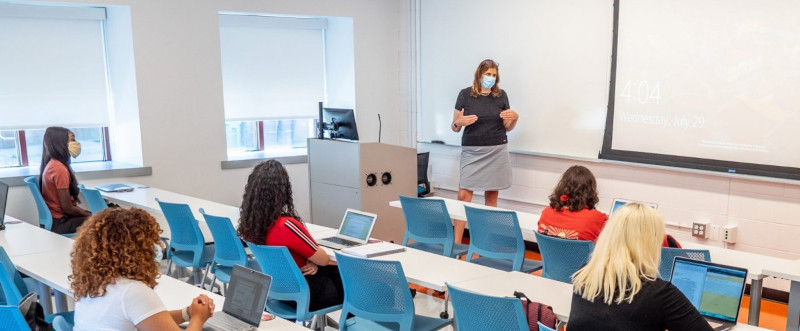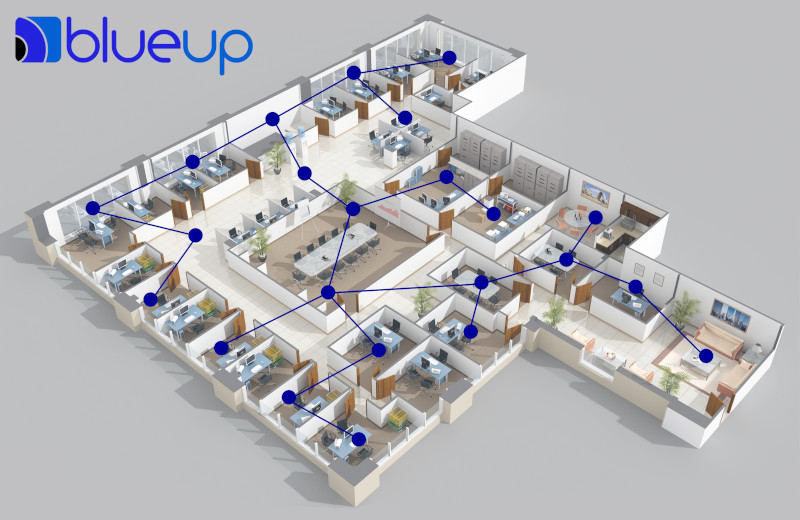
A carbon dioxide detector in each classroom
"Against COVID19 virus we need a carbon dioxide detector in each classroom". Walter Ricciardi, Scientific Director of ICS Maugeri and Scientific Advisor of the Italian Ministry of Health, proposes to adopt air quality monitoring systems to reduce the risk of contagion from COVID19 in schools.
It has been shown that poor air quality and high levels of CO2 indoors are linked to a higher rate of COVID19 infection. According to scientific research, improving indoor air quality could be as effective in reducing the transmission of viruses via aerosols as vaccinating 50-60% of the population.
Air quality control is therefore fundamental, not only in schools but in all public and private environments where there is a continuous presence and stationing of people: offices, hospitals, shops.

BlueUp, as for the launch of the contact-tracing device SafeX Tracer in April 2020, anticipates the needs of the market and proposes MeshCube solution that integrates the MeshSense module for indoor climate and air quality monitoring. The characteristic of MeshCube is that of being a wireless (communication via radio with mesh technology) and cableless (it does not require data or power cables) platform. MeshCube is the simplest and most economical solution on the market, because it reduces design and installation costs to practically zero.
The fundamental component of MeshCube for the monitoring of indoor environmental parameters is BlueBeacon Ultra Deluxe with Wirepas support, a device based on Wirepas Massive technology, which integrates temperature, humidity, atmospheric pressure and CO2 sensors. The device, powered by 4 AA alkaline batteries, automatically connects to the mesh network and communicates the measurement data of the sensors with a configurable interval. All the information from the sensors arrives via the mesh network to a local server where, through the REST API, they can be acquired and processed to monitor the healthiness of the air in the various rooms of the building.
